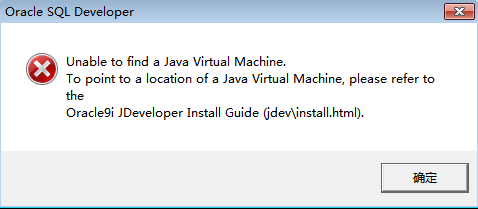mysql database 1005 error solution
MySQL Error Number 1005 Can’t create table ‘.\mydb\#sql-328_45.frm’ (errno: 150)
MySQL Error Number 1005
Can’t create table ‘.\mydb\#sql-328_45.frm’ (errno: 150)
If you get this error while trying to create a foreign key, it can be pretty frustrating. The error about not being able to create a .frm file seems like it would be some kind of OS file permission error or something but this is not the case. This error has been reported as a bug on the MySQL developer list for ages, but it is actually just a misleading error message.
In every case this is due to something about the relationship that MySQL doesn’t like. Unfortunately it doesn’t specify what the exact issue is.
First Steps:
If you have admin permission on the server, you may want to start by running the MySQL command “SHOW INNODB STATUS” (or MySQL 5.5 “SHOW ENGINE INNODB STATUS”)immediately after receiving the error. This command displays log info and error details. (Thanks Jonathan for the tip)
If your script runs fine on one server, but gives an error when you try to run it on a different server, then there is a good chance that #6 is the problem. Different versions of MySQL have different default charset setting and you may haveunknowinglyassigneddifferentcharsets on the different servers.
Known Causes:
Below is a running list of known causes that people have reported for the dreaded errno 150:
The two key fields type and/or size is not an exact match. For example, if one is INT(10) the key field needs to be INT(10) as well and not INT(11) or TINYINT. You may want to confirm the field size using SHOW CREATE TABLE because Query Browser will sometimes visually show just INTEGER for both INT(10) and INT(11). You should also check that one is not SIGNED and the other is UNSIGNED. They both need to be exactly the same. (More about signed vs unsigned here).
One of the key field that you are trying to reference does not have an index and/or is not a primary key. If one of the fields in the relationship is not a primary key, you must create an index for that field. (thanks to Venkatesh and Erichero and Terminally Incoherent for this tip)
The foreign key name is a duplicate of an already existing key. Check that the name of your foreign key is unique within your database. Just add a few random characters to the end of your key name to test for this. (Thanks to Niels for this tip)
One or both of your tables is a MyISAM table. In order to use foreign keys, the tables must both be InnoDB. (Actually, if both tables are MyISAM then you won’t get an error message – it just won’t create the key.) In Query Browser, you can specify the table type.
You have specified a cascade ON DELETE SET NULL, but the relevant key field is set to NOT NULL. You can fix this by either changing your cascade or setting the field to allow NULL values. (Thanks to Sammy and J Jammin)
Make sure that the Charset and Collate options are the same both at the table level as well as individual field level for the key columns. (Thanks to FRR for this tip)
You have a default value (ie default=0) on your foreign key column (Thanks to Omar for the tip)
One of the fields in the relationship is part of a combination (composite) key and does not have it’s own individual index. Even though the field has an index as part of the composite key, you must create a separate index for only that key field in order to use it in a constraint. (Thanks to Alex for this tip)
You have a syntax error in your ALTER statement or you have mistyped one of the field names in the relationship (Thanks to Christian & Mateo for the tip)
The name of your foreign key exceeds the max length of 64 chars. (Thanks to Nyleta for the tip)
The MySQL documentation includes apage explaining requirements for foreign keys. Though they don’t specifically indicate it, these are all potential causes of errno 150. If you still haven’t solved your problem you may want to check there for deeper technical explainations.
If you run into this error and find that it’s caused by something else, please leave a comment and I’ll add it to the list.








